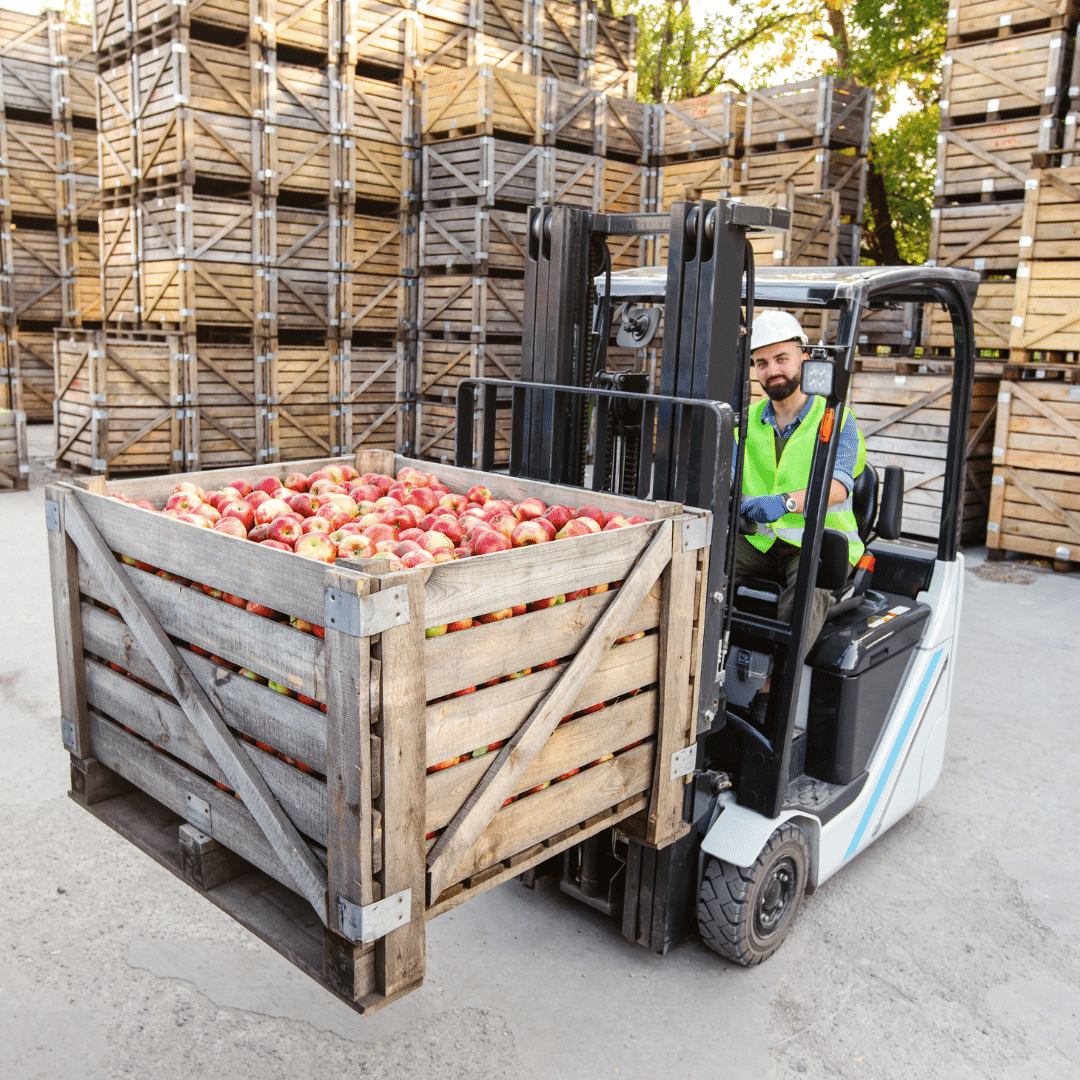For future employees looking to join the dynamic world of material handling, understanding the essence of the role is crucial. Material handlers are the backbone of efficient warehouse and distribution center operations. In this article, we’ll dive into the world of material handling, shedding light on the responsibilities and opportunities this role offers.
What Does a Material Handler Do?
Material handlers are the unsung heroes of logistics. They are responsible for the movement, storage, and control of materials within a warehouse or distribution center. This role is central to ensuring that products flow seamlessly through the supply chain, from manufacturer to customer.
1. Inventory Management
One of the primary responsibilities of a material handler is managing inventory. This includes receiving, inspecting, and recording incoming shipments. They must ensure that all items are accurately counted, sorted, and stored in designated areas. They also monitor stock levels, initiating restocking procedures as needed.
2. Order Picking and Packing
Material handlers are often tasked with fulfilling customer orders. They pick items from the warehouse shelves or storage areas based on order lists and packing them for shipping. This demands precision, as any errors can result in customer dissatisfaction.
3. Equipment Operation
Material handlers use various types of equipment to transport and move materials, such as forklifts, pallet jacks, and conveyor systems. Operating this equipment safely and efficiently is a fundamental aspect of the job. Proper training and certification are typically required.
4. Quality Control
Material handlers play a crucial role in quality control. They inspect materials and products to ensure they meet specific standards and report any damaged or defective items. Maintaining quality standards is essential to meet customer expectations.
5. Safety and Organization
Safety is paramount in material handling. Material handlers must adhere to safety guidelines, use personal protective equipment, and be vigilant about safe operating practices. They also contribute to maintaining an organized and clutter-free workspace to prevent accidents.
6. Documentation and Record-Keeping
Accurate record-keeping is integral to the role. Material handlers must document the movement of materials, the status of inventory, and the fulfillment of orders. This information is critical for inventory management and decision-making processes.
Conclusion: The Heartbeat of Logistics
Material handlers are the heart of logistics and warehousing. They ensure the right materials are in the right place at the right time, ultimately contributing to customer satisfaction and the overall success of a business. As a future material handler, your role in this dynamic field offers opportunities for growth, skill development, and a chance to be a crucial part of the supply chain. By mastering the responsibilities outlined above, you can excel in your role and contribute to the efficient and seamless flow of materials from producer to consumer. Remember, in the world of material handling, precision and attention to detail are the keys to success.

